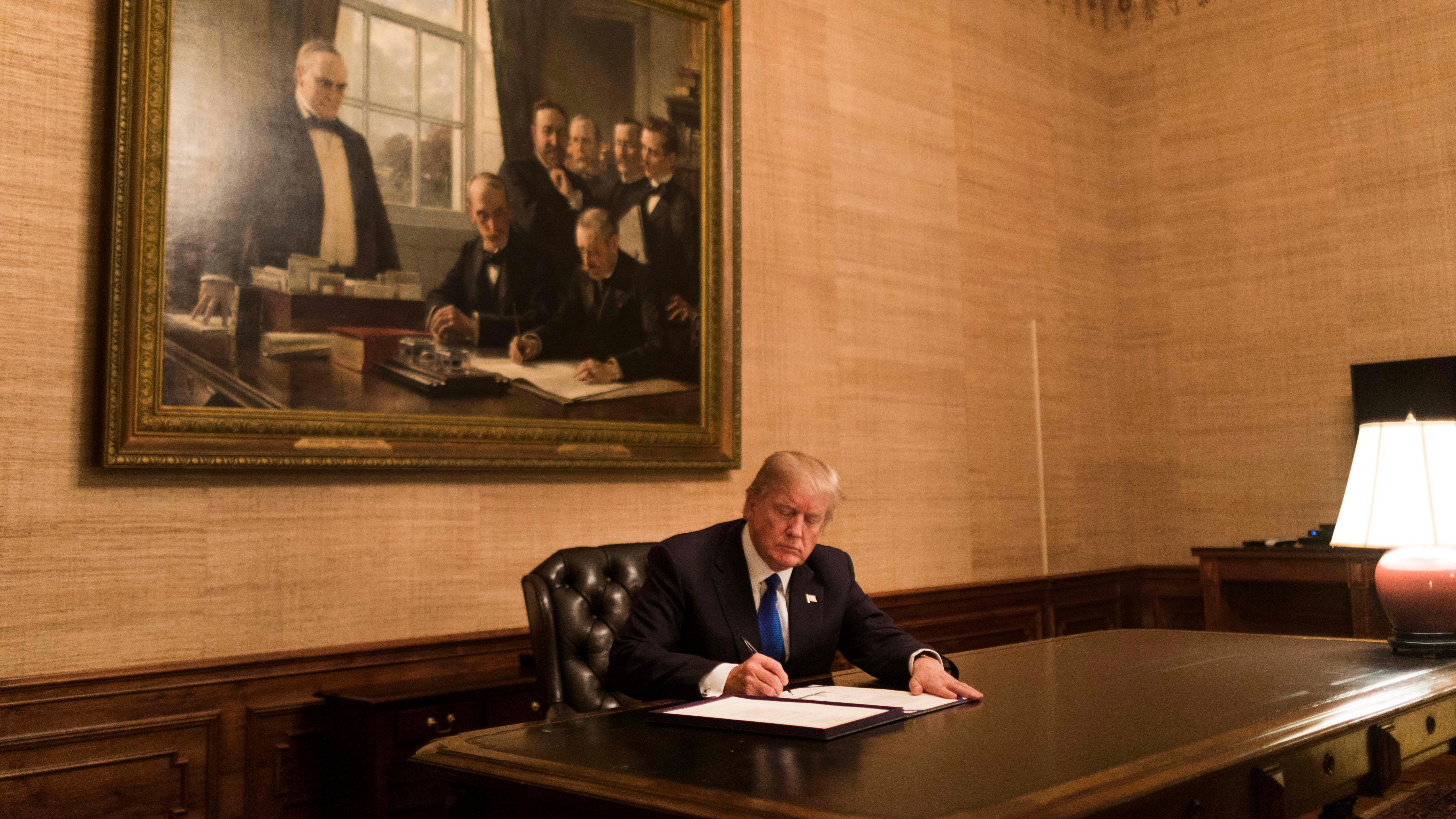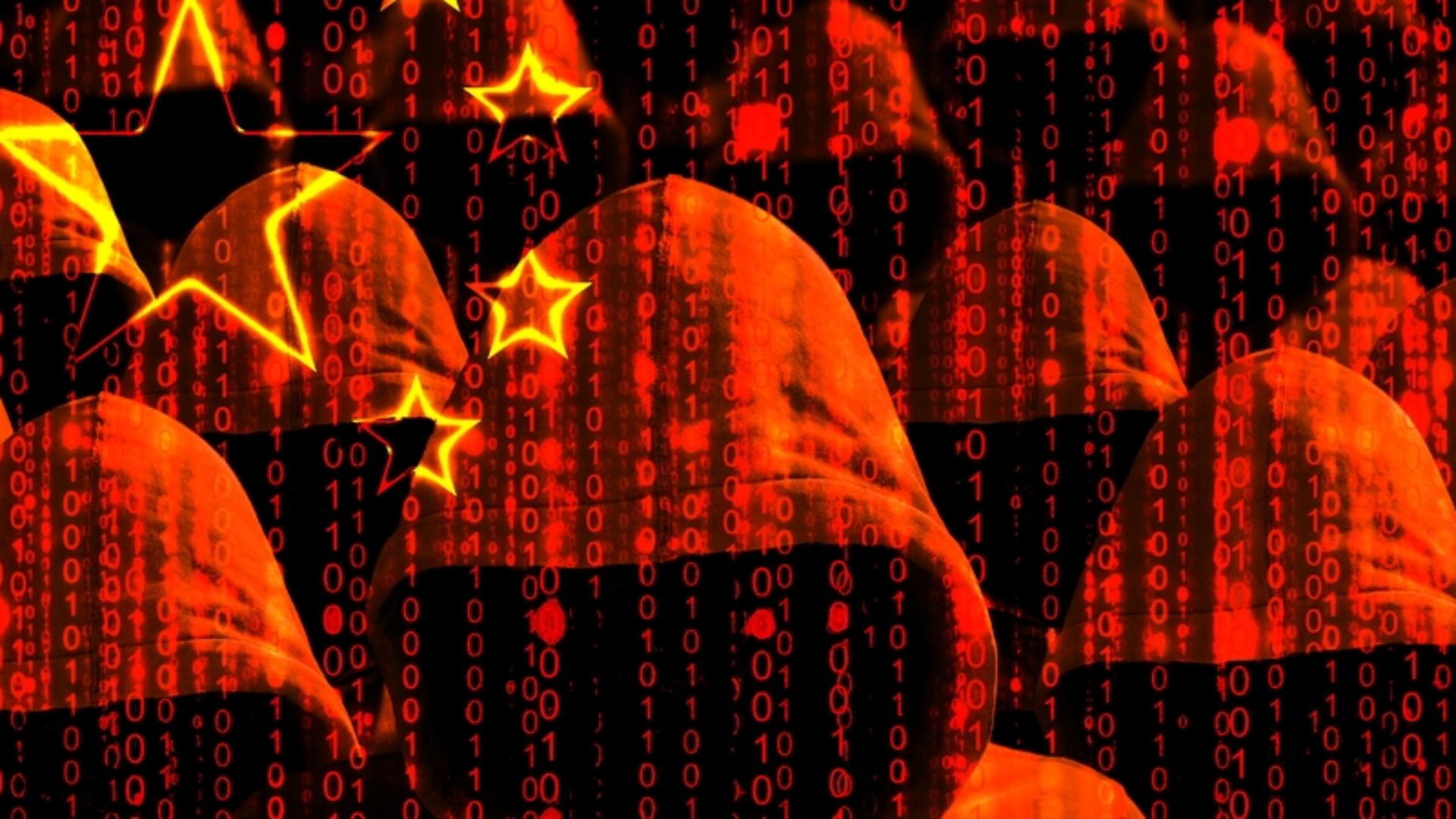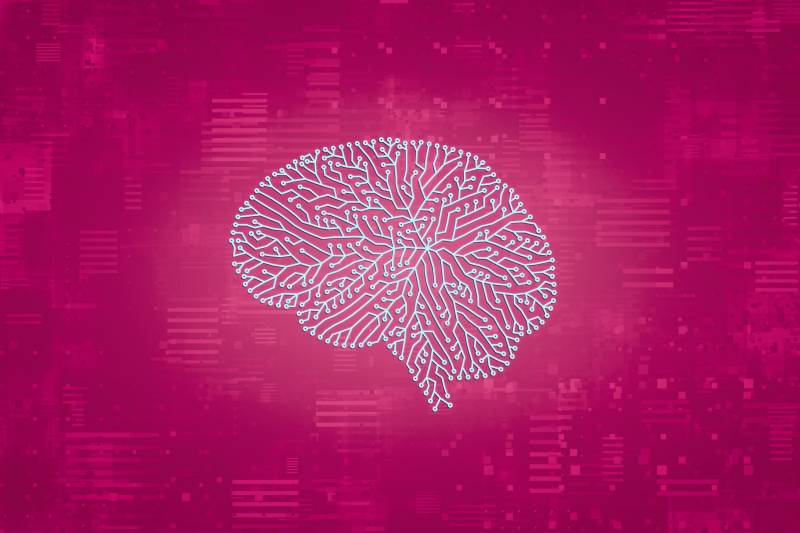Justin Baldoni's lawsuit against the New York Times could hinge on an emoji
In his lawsuit, Justin Baldoni argues that the New York Times omitting an emoji misrepresented his publicists' conversations about Blake Lively.
Kristina Bumphrey; Nathan Congleton/Getty Images; Alyssa Powell/BI
- Justin Baldoni sued the New York Times for its story about Blake Lively's complaint against him.
- He alleges that the paper took his publicists' quotes out of context and omitted an emoji.
- Experts say emojis can change the meaning of a statement, and that Baldoni might have a point.
As the legal battle between Blake Lively and Justin Baldoni ramps up, one of the most contested points may involve an emoji.
In his lawsuit against the New York Times, Baldoni said the paper failed to include an upside-down smile emoji — which is used to convey sarcasm or silliness — in a quote, effectively changing the meaning.
The Times quoted Jennifer Abel, one of his publicists, as saying "Wow. You really outdid yourself with this piece" to Melissa Nathan, a crisis management expert. Read at face value, it would appear that Abel is congratulating Nathan for contributing to a Daily Mail story critical of Lively.
However, Baldoni said that the upside-down emoji at the end indicated that Abel was being sarcastic and therefore changed the meaning of the text.
He raises an interesting question about modern communication, Dr. Monica Riordan, a computer-mediated communication professor at Chatham University, told Business Insider.
"I would argue that the inclusion of that emoji is actually very important," Riordan said. "You can't just remove an emoji from a message and indicate that the message contains the same meaning."
Others disagree, arguing that the emoji omission won't be enough to help Baldoni's case.
Emojis make up for a lack of body language
Emojis originated in Japan in the late '90s as a set of pixelated images created for an early mobile internet platform. By 2011, Apple introduced an emoji keyboard on iPhones and has regularly replenished it with new ones.
As communication has become more reliant on digital media, from texting close friends to messaging online dates, emojis have become crucial for filling in the blanks for what we don't see.
"Emojis have similar functions to body language and spoken interaction in the digital space," Vyvyan Evans, a linguist and author of "The Emoji Code," told BI. As with IRL body language, he said emojis are often used to establish tone.
Evans compared the upside-down smiley emoji to rolling one's eyes or shrugging in real life. Because tone of voice and facial expressions can drastically change the meaning of a phrase, emojis can, too.
"If an emoji is removed, it's not just that it impacts the tone, it's changing the meaning in a substantive way," he said.
Emojis are more complicated than tone of voice
Unlike smiling or frowning, which have more universally agreed-upon meanings, emojis are more up to interpretation, Riordan said. How people use emojis can differ by generation, for example.
It gets even thornier when analyzing a relationship between two people who may have their own shared language. It's common to develop some norms around emoji use that maybe people outside that relationship might not actually understand or may misinterpret," she said.
Not everyone uses the upside-down emoji the same way — some mean it to be ironic, others to denote frustration or painful acceptance.
It makes analyzing emojis in texts all the more challenging. Riordan said there are "perils" to wading through so many layers of communication to analyze a person's intent. It gets even hazier when the emoji is cut from a quote.
It likely won't be enough to help Baldoni's case
Sean Andrade, a Los Angeles lawyer who's represented plaintiffs in libel cases, previously told BI that the Times removing context such as emojis would be "a little unethical." Still, he believes it won't be enough to disprove that Baldoni's team engaged in a smear campaign against Lively.
Riordan said Baldoni can make an argument for the emoji changing the meaning of the message, but would likely "have a difficult time proving intent." Not everyone views emojis as necessary to quote.
However the case pans out, Evans said it brings up an important point for journalists: it can be "very dangerous" from an ethical and legal standpoint to omit emojis that could dramatically change the interpretation of a quote.
"The communicative intent is what is important," he said. "Without the other relevant elements, you're changing that and misreporting," whether a journalist means to or not.
What's Your Reaction?













































































